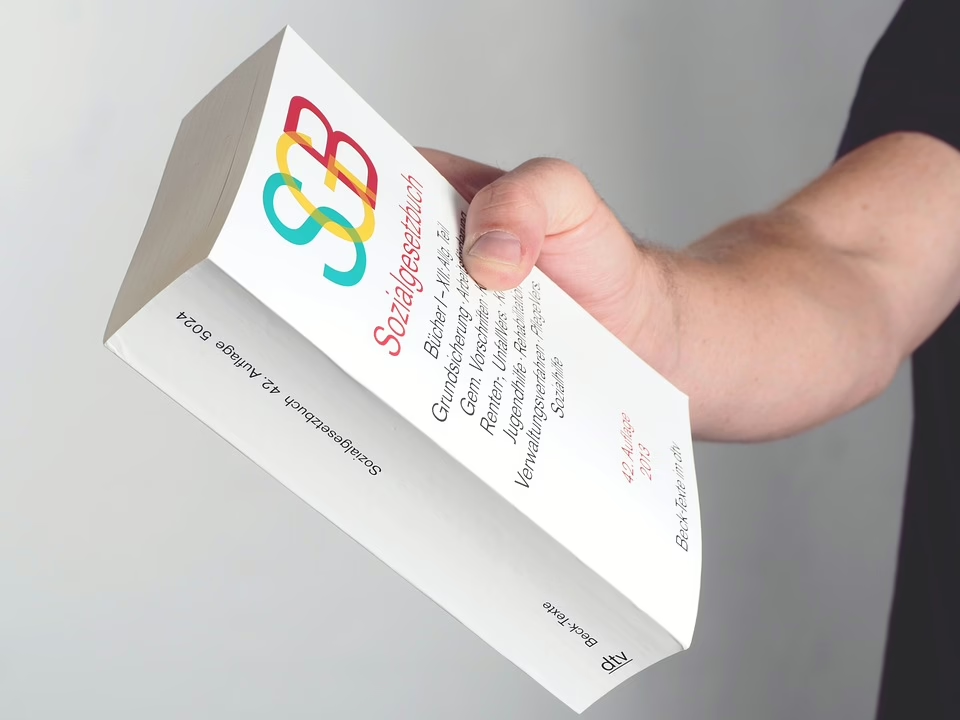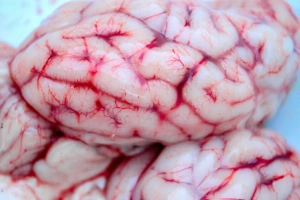Unpacking Human Behavior: Insights from “Thinking, Fast and Slow”
Human behavior is an intricate tapestry woven from biology, psychology, and culture. Understanding it requires delving into various theoretical frameworks and perspectives. One profound contribution to this discourse is Daniel Kahneman’s seminal work, “Thinking, Fast and Slow.” This book distills decades of research into the cognitive biases that shape our decisions and actions. Kahneman, a psychologist and a Nobel laureate, explores the dual systems of thought: System 1 (fast, instinctive, emotional) and System 2 (slower, more deliberate, logical).
The Dual Systems of Thought
At the heart of Kahneman’s insights are the two systems that govern our thought processes. System 1 operates automatically and quickly, with little or no effort and no sense of voluntary control. It is responsible for our gut reactions, like jumping to conclusions or the ability to recognize a face. System 2, in contrast, allocates attention to the effortful mental activities that demand it, such as complex computations and conscious reasoning.
System 1: The Instinctual Thinker
System 1 is fast and intuitive. It bases decisions on heuristics—mental shortcuts that generally work well but can lead to systematic errors. For example, cognitive biases like overconfidence, anchoring, and the availability heuristic stem from System 1’s instincts. This system often leads us to make quick decisions that feel right but may not be rational.
-
Overconfidence Bias: When individuals have an inflated belief in their ability to predict outcomes, they often fail to recognize their limitations. This bias can lead to poor decision-making in various fields, from business to everyday life.
-
Anchoring Effect: This occurs when individuals rely too heavily on the first piece of information they encounter (the “anchor”) when making decisions. Even arbitrary anchors can skew our judgments, showing how easily our minds can be manipulated.
-
Availability Heuristic: This heuristic leads individuals to judge the likelihood of an event based on how easily examples come to mind. For instance, after seeing news reports about plane crashes, people might overestimate the dangers of flying despite its relative safety.
System 2: The Analytical Thinker
System 2 involves effortful mental activity and is more logical and methodical. It typically activates when we encounter a complex problem or one that requires careful consideration. However, even System 2 has its limitations. It can be lazy, easily influenced by the suggestions of System 1, and often runs on mental shortcuts.
-
Cognitive Load: System 2 can become overwhelmed. When our cognitive load is heavy, we tend to revert to System 1 thinking, leading to impulsive decisions and errors in judgment.
-
Decision Fatigue: The more decisions we make, the more exhausted our willpower becomes. As we tire, we might default to easier, less responsible choices—a phenomenon that affects everyone, from parents to executives.
Interplay Between Systems
Both systems constantly interact, shaping our behavior and decisions. While System 1 often delivers swift and useful responses, it can also mislead us. Meanwhile, System 2 can correct or validate those responses but is often reluctant to engage due to its greater cognitive demands.
Cognitive Biases Influencing Human Behavior
Kahneman’s book emphasizes that we are not as rational as we believe. Our decisions are influenced by a slew of cognitive biases that cloud judgment. Some key biases include:
-
Confirmation Bias: This bias manifests when individuals seek information that confirms their pre-existing beliefs while ignoring contradictory data. This reinforces misconceptions and limits critical thinking.
-
Hindsight Bias: After an event has occurred, people often see it as having been predictable. This post-event reasoning can lead to overconfidence in one’s understanding and prediction capabilities.
-
Loss Aversion: Kahneman posits that losses weigh heavier than gains in human decision-making. People tend to prefer avoiding losses over acquiring equivalent gains, which profoundly influences their choices in risk assessment.
-
Framing Effect: How information is presented significantly affects judgment. For instance, people might react differently to a surgery advertised as having a 90% success rate versus one that highlights a 10% failure rate, despite both being the same.
Real-World Applications of Kahneman’s Insights
Understanding these biases can lead to improved decision-making in various fields, from business to healthcare. Here are some applications:
-
Business Decisions: Companies can utilize insights from Kahneman’s work to train employees in recognizing biases like overconfidence and the anchoring effect, leading to more rational decision-making and better strategic planning.
-
Public Policy: Policymakers can frame programs and policies to mitigate loss aversion and leverage the framing effect for better public reception and adherence.
-
Healthcare: By training healthcare providers to recognize cognitive biases, they can improve patient outcomes by making more informed decisions about treatment options.
-
Education: Incorporating lessons about cognitive biases into educational curricula can foster critical thinking and decision-making skills in students.
Challenges in Implementing Insights
Despite the potential benefits of applying Kahneman’s insights, there are challenges in overcoming cognitive biases. Awareness is the first step, but behavioral change is often difficult. People tend to resist changing their thought patterns due to:
-
Cognitive Dissonance: When confronted with evidence that contradicts their beliefs, individuals may experience discomfort and will rationalize their existing beliefs rather than change them.
-
Social Conformity: Often, individuals will align their beliefs with those of their peers, making it challenging to break free from collective biases.
-
Lack of Training: Many organizations still operate under traditional decision-making models that do not account for cognitive biases, leading to continued errors in judgment.
Conclusion: A Path Forward
Kahneman’s “Thinking, Fast and Slow” offers invaluable insights into human behavior through the lens of cognitive psychology. By understanding the dual systems of thought and the cognitive biases that influence our decisions, we can make strides toward improving decision-making in various domains. While challenges remain in changing ingrained thought patterns, fostering a culture of awareness and critical thinking can facilitate better outcomes in both personal and professional contexts. Ultimately, as we unpack human behavior, we inch closer to realizing our potential for rational thought and informed decision-making.
References:
- Kahneman, D. (2011). Thinking, Fast and Slow. Farrar, Straus, and Giroux.
This article serves as an overview of Kahneman’s work and its applications, inviting further inquiry into the complexities of human behavior. By harnessing science’s insights into our tendencies, we can pave the way for a more rational and informed society.


























Add Comment